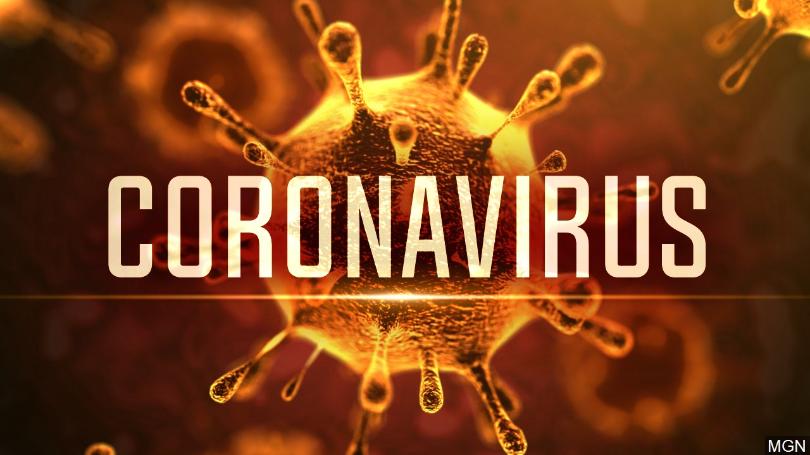The World Health Organization said the fast-spreading coronavirus that’s infected more than 8,200 across the world is a global health emergency – a rare designation that helps the international agency mobilize financial and political support to contain the outbreak.
The announcement comes just hours after the U.S. confirmed its first human-to-human transmission of the virus, which has killed at least 171 people in China and has now spread to at least 18 other countries.
Since emerging less than a month ago in Wuhan, China, the coronavirus has infected more people than the 2003 SARS epidemic, which sickened roughly 8,100 people across the globe over nine months. As of Thursday, there are at least eight cases in four countries, outside of China, of human-to-human transmission of the new coronavirus.
WHO doesn’t enact global health emergencies lightly. The international health agency has only applied the emergency designation five times since the rules were implemented in the mid-2000s. The last time WHO declared a global health emergency was in 2019 for the Ebola outbreak in eastern Congo that killed more than 2,000 people. The agency also declared global emergencies for the 2016 Zika virus, the 2009 H1N1 swine flu and the 2014 polio and Ebola outbreaks.
Meanwhile, health officials Thursday reported the first U.S. case of person-to-person spread of the new virus from China.
The man is married to the Chicago woman who got sick from the virus after she returned from a trip to Wuhan, China, the epicenter of the outbreak. There have been cases reported of the infectious virus spreading to others in a household or workplace in China and elsewhere.
The new case is the sixth reported in the United States. The other five were travelers who developed the illness after returning to the U.S. from China. The latest patient had not been in China.
The Chicago woman returned from central China on Jan. 13, then last week went to a hospital with symptoms and was diagnosed with the viral illness. She and her husband, both in their 60s, are hospitalized.
Experts have said they expected additional cases, and that at least some limited spread of the disease in the United States was likely. Health officials think the new virus spreads mainly from droplets when an infected person coughs or sneezes, similar to how the flu spreads.
The Centers for Disease Control and Prevention and Illinois health officials said that health workers and people who have been in contact with the latest patient are being monitored for symptoms.
“We anticipated this,” said Dr. William Schaffner, a Vanderbilt University infectious diseases expert. “The kind of contact that you have in a household is very close and very prolonged. That’s the kind of circumstance where we would anticipate a virus such as this could be transmitted.”
The virus can cause fever, coughing, wheezing and pneumonia. It is a member of the coronavirus family that’s a close cousin to the SARS and MERS viruses that have caused outbreaks in the past. The new virus has sickened thousands, mostly in China, and killed about 170.
An international outbreak caused by the virus first emerged last month in China. Doctors there began seeing the new virus in people who got sick after spending time at a wholesale food market in Wuhan. Officials said the virus probably initially spread from animals to people, as did SARS and MERS.
The other U.S. cases are in Arizona, Southern California and Washington state.
(AP)












2 Responses
Who declares emergency?
WHO declares emergency.
Who is my neighbor?
Hu is my neighbor.
Before everybody panics, let’s get some perspective here. The death rate from this virus is around 2%, with most of the victims being elderly or having pre-existing medical conditions. This puts it in the same league as the flu. The symptoms are basically the same as the flu, and the vast majority of people infected make a complete recovery. So, calm down but keep washing your hands….
The real fear is that the virus could mutate and become more deadly while remaining just as contagious. This, B”H, hasn’t happened. And note that close contact is still required. So keep an eye on the news, but don’t buy out the drugstore for face masks yet.